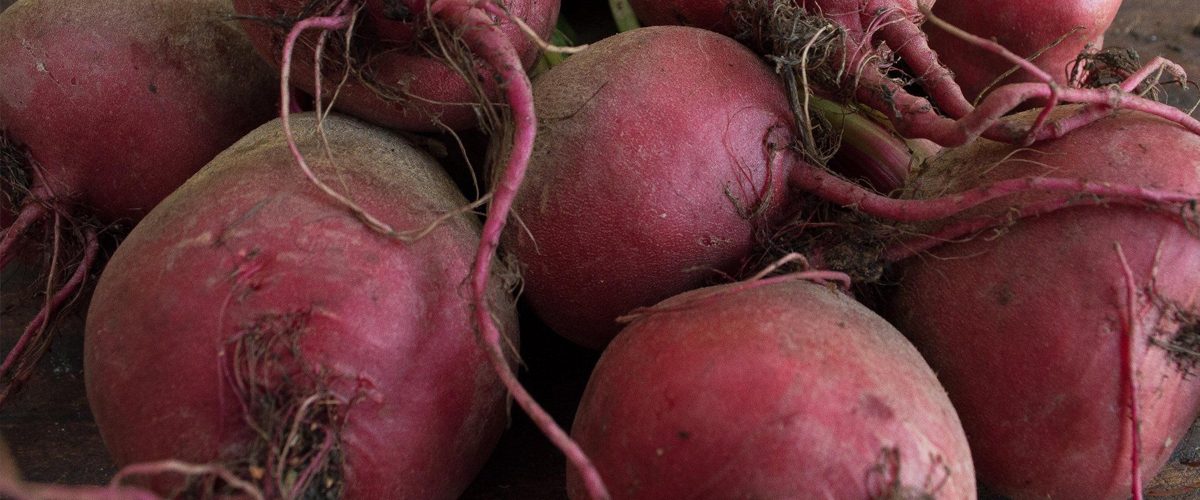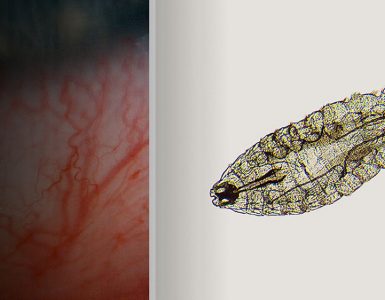The food, we consumed, has a significant effect on our lifestyle. A healthy lifestyle has become a dream for every human being. Therefore, most Indonesian people have a healthy way of living by consuming healthy and quality food. Red beetroot tubers are recognized and favored by most Indonesian people in order to fulfill the nutrient requirements. This is quite applicable because the tubers contained a number of nutrients, minerals, and vitamins that are beneficial for the health of the human body. Based on the full content of nutrients, red beetroot can be used to reduce blood pressure, prevent cancer and maintain heart health, help weight loss and facilitate digestion. Their betalain (a class of red and yellow tyrosine-derived pigments) contained in the bulb also serves as natural dye textiles and food products. The demand for red beetroot increased by around 2% due to the high benefits of these bulbs but a low level of availability is a hindrance to meet the desired demand.
Red beetroot plants instigate from sub-tropical regions, hence, in Indonesia, the plants grown in the highlands are categorized by low temperatures.
Ramakrishna et al. (2006) informed that the optimum temperature for plant growth and development is 12-19 °C with a maximum temperature of about 35 °C. However, with the limited area of the highlands in Indonesia encourage the development of red beetroot crop to a lower region, particularly to dry land. Thus suggestion is rational because Indonesia’s land area is 78% dominated by dry land that has not been used intensively for agriculture activities and along with the development of industrial and residential interests.

The impediments faced in managing dry land are fairly multifarious and one of them is the low availability of water for plants. In Indonesia, the source of irrigation is rainwater and the wet period only lasts for 3-4 months/year with uneven distribution. Besides these constraints, the high intensity of the radiation received by the ground surface resulted in a decrease in the level of soil moisture due to the high rate of evapotranspiration. The major strategy to minimize the loss of water for the sake of the growth and development of plants can be actualized through transpiration activity and metabolism.
Mulch is a layer of material applied to soil surface to conservation of soil health and improving the fertility of the soil. Mulching also serves to normalize temperature and soil moisture. McMillen (2013) reported that the application of mulch has the ability to suppress the extremely high temperature that is important for the development of red beetroot plants. Currently, Suminarti et al. (2021) presented a research paper in the Asian Journal of Plant Sciences to determine the size and the thickness of straw mulch suitable for the growth and yield of beetroot crops in the dry land. the researchers claimed that the Mulch application is able to manage maximum soil temperature fluctuations and minimum soil moisture better than without mulch. They elaborated that use of 10 cm mulch length along with 8 cm mulch thickness is more effective than a mulch length of 30 cm for plant growth parameters, Plant microenvironment, and yields.
















Add comment